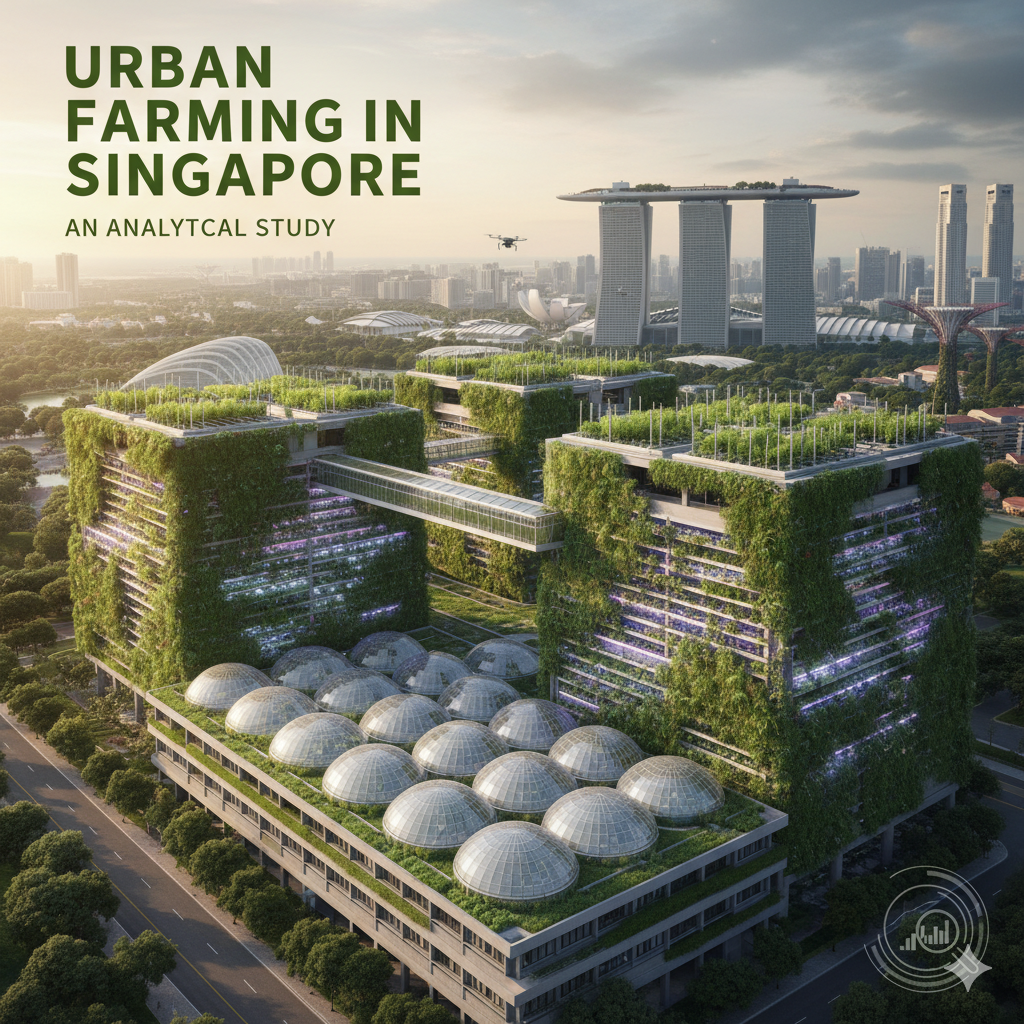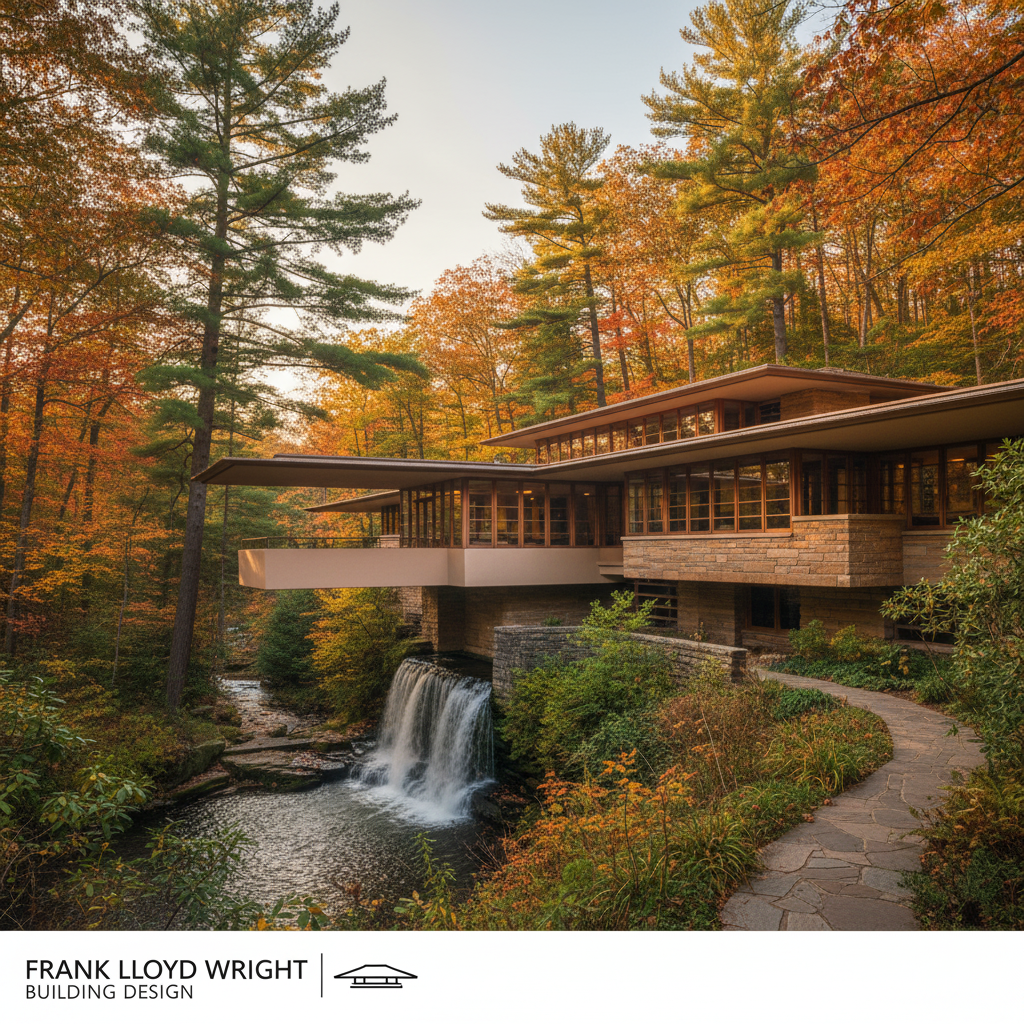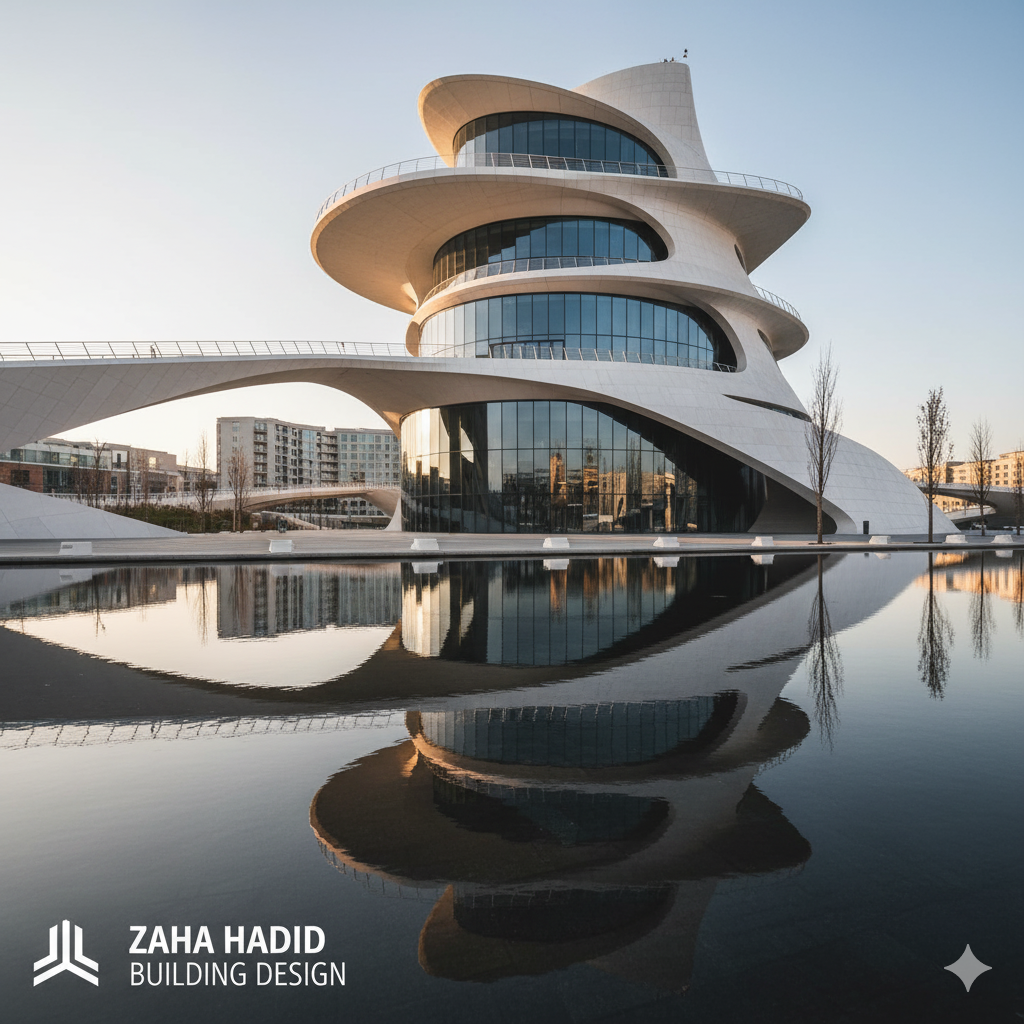Norman Foster

Norman Foster, born in 1935 in Manchester, England, is one of the most influential architects of the late 20th and early 21st centuries. Known for his sleek, high-tech designs and visionary approach to sustainable architecture, Foster has reshaped skylines around the world. As the founder of Foster + Partners, his work combines cutting-edge engineering with refined aesthetics, emphasizing innovation, environmental responsibility, and the transformative power of design.
Foster’s path to architecture was not straightforward. Coming from a working-class background, he worked various jobs before earning a scholarship to the University of Manchester School of Architecture. He later attended Yale University, where he studied under influential modernists like Paul Rudolph and was deeply inspired by American architecture, particularly the work of Frank Lloyd Wright and Ludwig Mies van der Rohe.
In 1967, Foster co-founded the practice Team 4, which soon evolved into Foster Associates and later Foster + Partners. His early work with engineer Buckminster Fuller, a pioneer in sustainable and experimental structures, heavily influenced Foster’s architectural philosophy. Their collaboration emphasized the integration of technology and sustainability, setting the foundation for Foster’s future projects.
One of Foster’s breakthrough designs was the Willis Faber & Dumas headquarters (1975) in Ipswich, UK. The building featured open-plan offices, escalators, and a grass-covered roof—radical ideas for its time—and reflected Foster’s commitment to human-centered and environmentally responsive design. This project helped establish him as a leading figure in British architecture.
Foster’s portfolio expanded globally with iconic projects such as the HSBC Building in Hong Kong (1985), a striking example of high-tech architecture with its exposed steel structure, flexible interior spaces, and energy-efficient systems. The building’s modular design and prefabricated elements also showcased Foster’s interest in advanced construction technologies.
Another career-defining project was the Reichstag renovation in Berlin (1999), which transformed the historic German parliament building into a modern symbol of transparency and democracy. The addition of a large glass dome, open to the public and offering views of the parliamentary chamber below, became an architectural and political statement, reinforcing Foster’s belief in architecture’s civic role.
Foster is also renowned for his work in urban infrastructure, particularly airports and transit hubs. The Stansted Airport Terminal (1991) near London revolutionized airport design with its lightweight roof structure and intuitive layout, emphasizing daylight, openness, and passenger comfort. Later projects like the Millau Viaduct in France (2004), the tallest bridge in the world, demonstrated his ability to blend monumental engineering with aesthetic elegance.
His more recent works include the Apple Park campus in Cupertino, California, designed in collaboration with Apple. This massive circular building exemplifies Foster’s attention to detail, environmental integration, and seamless functionality.
Awarded the Pritzker Architecture Prize in 1999 and made a life peer as Lord Foster of Thames Bank, Norman Foster’s legacy lies in his relentless pursuit of architectural innovation, sustainability, and social betterment. His buildings are not only visually striking but also serve as thoughtful responses to the needs of people, cities, and the planet.








